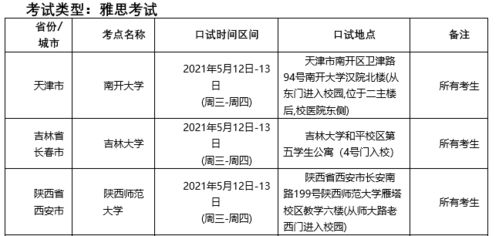The International English Language Testing System (IELTS) Speaking Test is a crucial component of the IELTS examination, assessing a candidate's ability to communicate effectively in English. Understanding the test format and preparing adequately can significantly improve your performance. Here's a detailed breakdown of the IELTS Speaking Test process:
The IELTS Speaking Test consists of a facetoface interview with a certified examiner.
It is divided into three parts and lasts for about 1114 minutes in total.
In this section, the examiner introduces themselves and confirms your identity.
You will be asked general questions about familiar topics such as your home, studies, work, hobbies, interests, etc.
The purpose is to assess your ability to provide personal information and express opinions in a coherent manner.
You will be given a task card with a specific topic.
You have one minute to prepare and make notes, then you need to speak about the topic for 12 minutes.
The topic can be about describing an object, place, person, event, or narrating a personal experience.
The examiner may ask followup questions related to the topic afterwards.
This section involves a deeper discussion with the examiner on themes related to the topic in Part 2.
You are expected to express and justify opinions, analyze issues, and engage in a more abstract and intellectual conversation.
The examiner may ask probing questions to assess your ability to communicate effectively in complex situations.
Fluency and Coherence: Ability to speak fluently without hesitations, repetitions, or long pauses. Organizing ideas coherently.
Vocabulary Range and Accuracy: Demonstrating a wide range of vocabulary and using it accurately.
Grammatical Range and Accuracy: Using a variety of grammatical structures correctly.
Pronunciation: Speaking with clear pronunciation and intonation that is easy to understand.
Interactive Communication: Engaging in discussion, expressing opinions, and responding appropriately to the examiner's questions.

Practice Speaking: Engage in regular speaking practice sessions with a partner or tutor to improve fluency and confidence.
Expand Vocabulary: Work on building your vocabulary by reading, listening, and learning new words regularly.
Grammar Practice: Review grammar rules and practice constructing sentences using different structures.
Pronunciation Practice: Listen to native speakers, practice pronunciation drills, and seek feedback to improve your accent.
Mock Tests: Take mock speaking tests under exam conditions to simulate the real test experience and identify areas for improvement.
In conclusion, understanding the IELTS Speaking Test format, evaluation criteria, and effective preparation strategies are essential for achieving a high score. By practicing regularly and focusing on areas of weakness, you can enhance your speaking skills and perform confidently on test day.
文章已关闭评论!
2024-12-23 15:01:23
2024-12-23 14:01:18
2024-12-23 13:01:10
2024-12-23 12:01:11
2024-12-23 11:00:54
2024-12-23 10:00:42
2024-12-23 09:00:39
2024-12-23 08:00:29